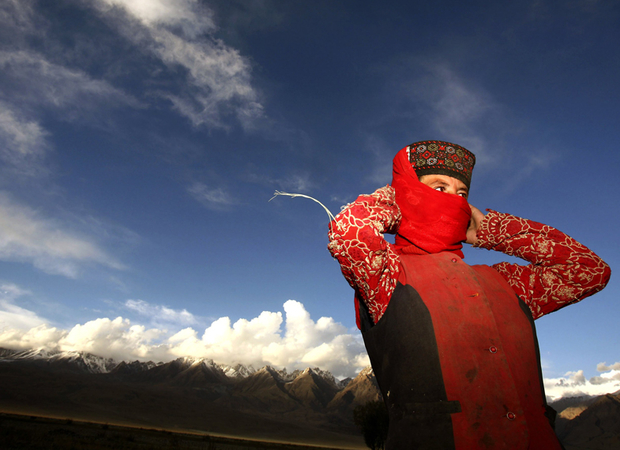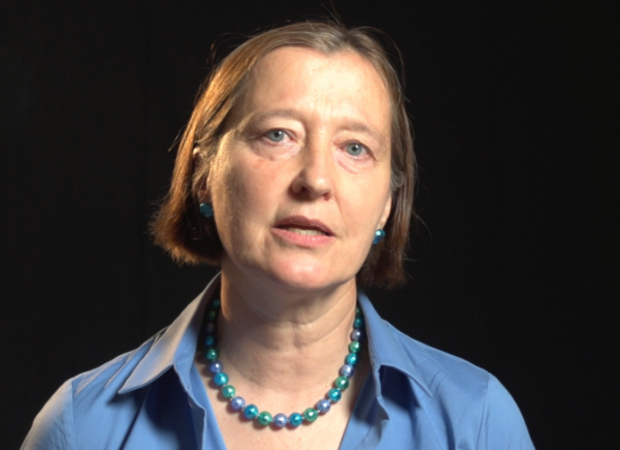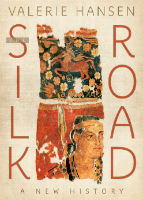Valerie Hansen teaches Chinese and world history at Yale University. Her main research goal is to draw on nontraditional sources to capture the experience of ordinary people. In particular, she is interested in how sources buried in the ground, whether intentionally or unintentionally, supplement the detailed official record of China's past. She is also the author of The Open Empire: A History of China to 1600 (2000); Negotiating Daily Life in Traditional China (1995); and Voyages in World History (co-authored with Kenneth R. Curtis in 2010). In the past decade, she has spent three years in China: 2005-06 in Shanghai on a Fulbright grant, and 2008-09 and 2011-12 teaching at Yale's joint undergraduate program with Peking University.

Last Updated: February 9, 2015
Out of School
08.30.12
Refresher Course: The Silk Road
The “Silk Road” was a stretch of shifting, unmarked paths across massive expanses of deserts and mountains—not a real road at any point or time. Archeologists have found few ancient Silk Road bridges, gates, or paving stones like those along Rome’s...
Books
08.29.12

The Silk Road
The Silk Road is as iconic in world history as the Colossus of Rhodes or the Suez Canal. But what was it, exactly? It conjures up a hazy image of a caravan of camels laden with silk on a dusty desert track, reaching from China to Rome. The reality was different—and far more interesting—as revealed in this new history.In The Silk Road, Valerie Hansen describes the remarkable archeological finds that revolutionize our understanding of these trade routes. For centuries, key records remained hidden—sometimes deliberately buried by bureaucrats for safe keeping. But the sands of the Taklamakan Desert have revealed fascinating material, sometimes preserved by illiterate locals who recycled official documents to make insoles for shoes or garments for the dead. Hansen explores seven oases along the road, from Xi'an to Samarkand, where merchants, envoys, pilgrims, and travelers mixed in cosmopolitan communities, tolerant of religions from Buddhism to Zoroastrianism. There was no single, continuous road, but a chain of markets that traded between east and west. China and the Roman Empire had very little direct trade. China's main partners were the peoples of modern-day Iran, whose tombs in China reveal much about their Zoroastrian beliefs. Silk was not the most important good on the road; paper, invented in China before Julius Caesar was born, had a bigger impact in Europe, while metals, spices, and glass were just as important as silk. Perhaps most significant of all was the road's transmission of ideas, technologies, and artistic motifs.The Silk Road is a fascinating story of archeological discovery, cultural transmission, and the intricate chains across Central Asia and China. —Oxford University Press



